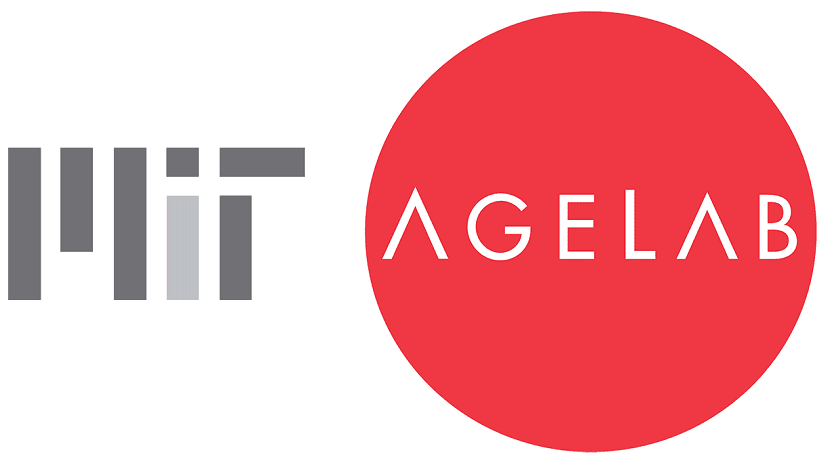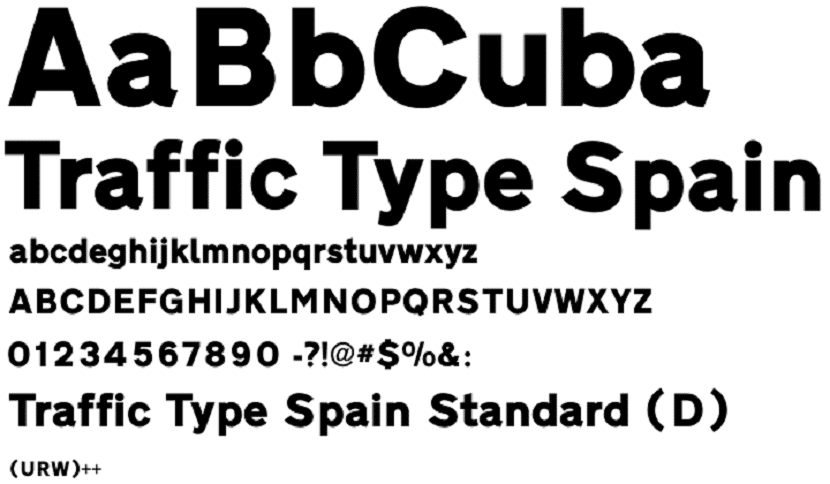
The readability in the devices is an issue that is on the table and already companies like MIT, Google and Monotype are conducting further research on the readability of everyday products to make texts readable with just a glance.
Future font type trends

AgeLab is a laboratory of practical ideas of the Massachusetts Institute of Technology and that has specialized in recent years in studying various forms of typography, readability, and other design-related issues and to give greater prominence to this type of research, they have created the “Information Presentation Consortium”, which has as allies the well-known Monotype, which for years has specialized in typography and other technologies related to the subject.
This fact has attracted the attention of greats like Google who are fully participating in this project.
But, what is the objective of this company?
The goal of this corporation is to offer very clear results in relation to what the current typography is and how to innovate the present from simulators and other real tests to check the readability of a text. The conditions of texts have also been studied when they are subjected to various conditions such as light, the environment, large and small sizes and reflections.
There is a reason for this research and it has to do directly with you, yes, you read that correctly, since the texts are everywhere you look, in a small device like your mobile or your watch or in something as big as virtual reality glasses. In a car too you can find some text in the control panel and on other devices and accessories you use. Today's typography has to adapt to this, because it is not just about reading a text, but everything revolves around reading just to "take a brief look."
Typography is part of human history

We would not have reached this current stage of development unless typography evolved and that is what has happened in all these centuries, since typography is more connected from what we think to our day-to-day activities.
The end of the XNUMXth century marked a new stage in typography and all thanks to the so-called digital revolution and elements such as desktop publishing or the PostScript printing language. The Times New Roman was born in 1931 to break the mold with what was seen at that time and for example, the Helvetica 1957 also marked a before and after and has a great impact today.
Today we live most of our lives on a road or highway and readability is an important factor in this regard, so if it comes to reading signs, it should be done in a matter of seconds. What readability is important, the constant factors must always be clean and well-related features that can even be read with snow or rain, among other weather conditions.
The typeface varies depending on the place

In the United Kingdom, the Transport typography and in the case of Spain a font equivalent to Highway gothic American for highway and Traffic Type Spain for roads, although in some cases you can see the helvetica also.
In the case of Germany, the letterpress DIN 1451 since 1936. But in all cases, what is always sought is that legibility is the most appropriate and taking distance and speed as factors.
The typography for use on mobile devices and to know which ones affect negatively when they undergo modifications in size.
If talking about fonts has left you wanting to get some to try what you have learned in this post, then we leave you with the classic handwritten typography or handwritten, which is very fashionable today.